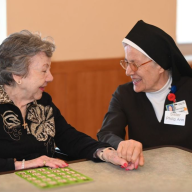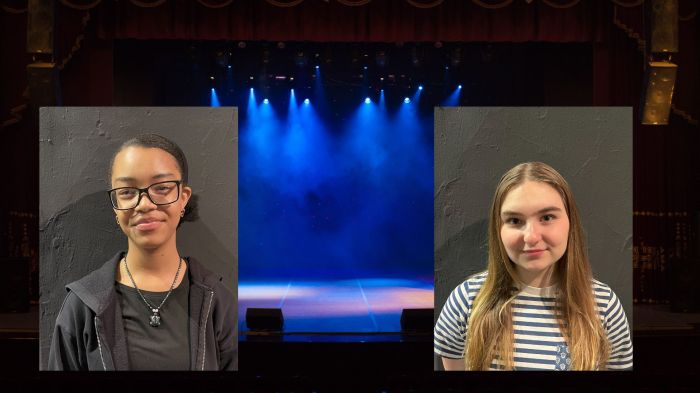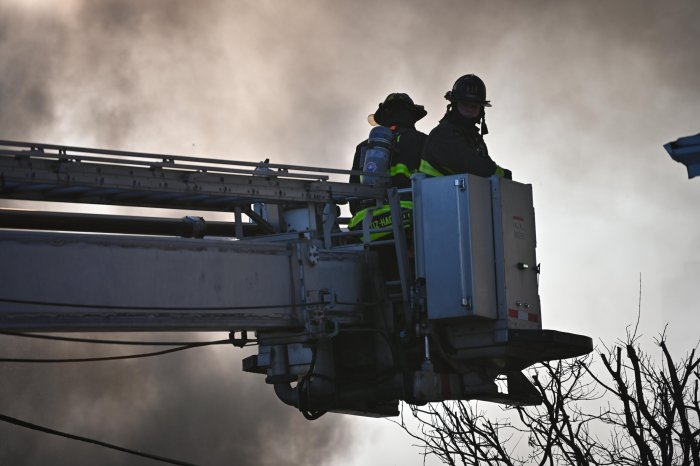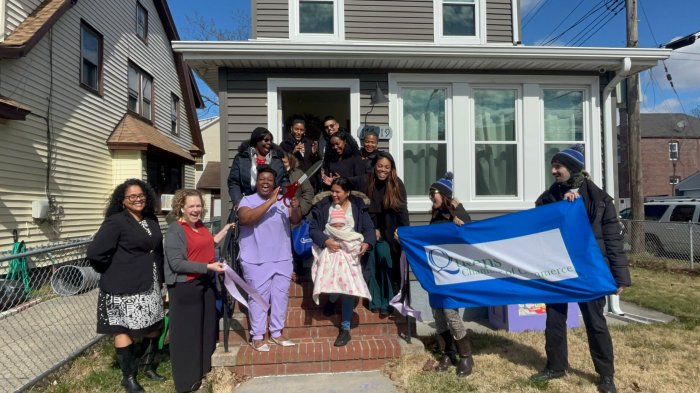Every afternoon at least 20 children crowd a set of four tables in the African Center for Community Empowerment (ACCE), while textbooks, notes, and snacks spread across every inch of available space. For two hours these kids – ranging in age from five to 14 – do their homework, then enrichment activities like penmanship practice, followed by computer time with 12 laptops and 10 desktop computers.
On Thursdays, they practice public speaking by talking about current events, politics, the impact of drugs on their neighborhood, teen pregnancy, or other “issues that affect their lives,” said Liberia-native Saywalah Kesselly, founder of ACCE.
“Sometimes they develop the topics themselves,” he said. “It gives them the ability to stand up and speak.”
The idea behind the St. Albans program, founded five years ago, is to develop the whole person, and the participants are namely at-risk local students - a good number of whom have learning disabilities.
“Most of the kids come from single parent family homes,” Kesselly said. “In a structured learning environment, they have been able to improve.”
About 95 percent of kids involved with the ACCE were promoted to the next grade last year, and all of the kids who were prepped for city tests passed.
“We tell the parents that if their kids are not going to come here to learn, they don’t need to be here,” Kesselly said.
Every three months, the kids hold elections for the roles of President, Vice President and Secretary, which entail organizing chores – like cleaning the blackboard and turning off the computers at night – and writing up bad behavior.
The current president, 13-year-old Andrew McAlpin, also gets to deal out punishments for misbehaving students – like having to write an essay.
McAlpin has only been in the program since September, and already he said his seventh-grade teachers at I.S. 238 can see the progress in his homework, which often includes reading newspaper stories and picking out facts and opinions.
The first time he noticed the ACCE program, kids and their families had packed the corner of Farmers Boulevard and 111th Avenue for a summertime barbeque.
“We were going across the street to buy some movies, and kids were over here learning. We came over and my mom got the paperwork to sign up,” he said.
Three months ago he didn’t even know ACCE existed, but the word is spreading quickly.
Currently, 46 children are on a wait list to get into the program, Kesselly said, and kids usually don’t leave the program until after they finish eighth grade. In total, ACCE estimates that 300 students are involved each year – because the program sets up one-on-one mentoring in several locations.
After recent media attention, parents from Brooklyn and the Bronx have been calling to find out more information about the program.
“They call and are trying to bus their kids here. We just don't have the space,” Kesselly said. “Where do you put all the kids that want to come?”
If more funding and space became available, he would like to expand the program into the rest of the two-story building, a former 99-cent store that was donated by Kesselly’s cousin two years ago. The expansion would allow for up to 100 kids to come after school – 70 more than the maximum number now allowed to cram inside the main room.
“We’ve been able to do a lot with little or nothing,” he said, explaining that the program is run mainly by volunteers like Shawana Davis, a social worker from Canada who has helped the kids with their homework each afternoon for the past two months. Kesselly would like to hire reading and math teachers as well as an employee trained in special education.
With more money, Kesselly would also like to reopen the teen entrepreneur program, which had closed down last year due to lack of funds. The program had encouraged kids to find seed money for a business - something along the lines of printing T-shirts - and use their street smarts to learn a bit of finance and marketing.
“We used to go out onto the streets and bring young people back here,” Kesselly said. “If you look around, you see too many young people with nothing to do. If they don’t find something, then what? How do you stop the revolving door?”
Kesselly and other Far Rockaway parents have already seen the worst-case scenario for young people. In 2001, a teenager that Kesselly had taught in Sunday school as well as a popular high school football player were killed separately by gun violence.
“Too many of our kids were going to jail, were getting shot,” Kesselly said, explaining that he quit his job as a Comptroller for an electrical company in Long Island City to found ACCE.
Two years later, the group moved to St. Albans.
“At first we didn’t have any history, so we had to develop it,” he said, “We’ve spent the last three years doing that.”
Now that the program is a bit more established, Kesselly hopes that they can earn more grants - so far, Councilmember Leroy Comrie, Borough President Helen Marshall, Vonage, UPS, the Port Authority, and the city have all made contributions.
“We have so many plans here, now if we only had the resources,” he said.

































